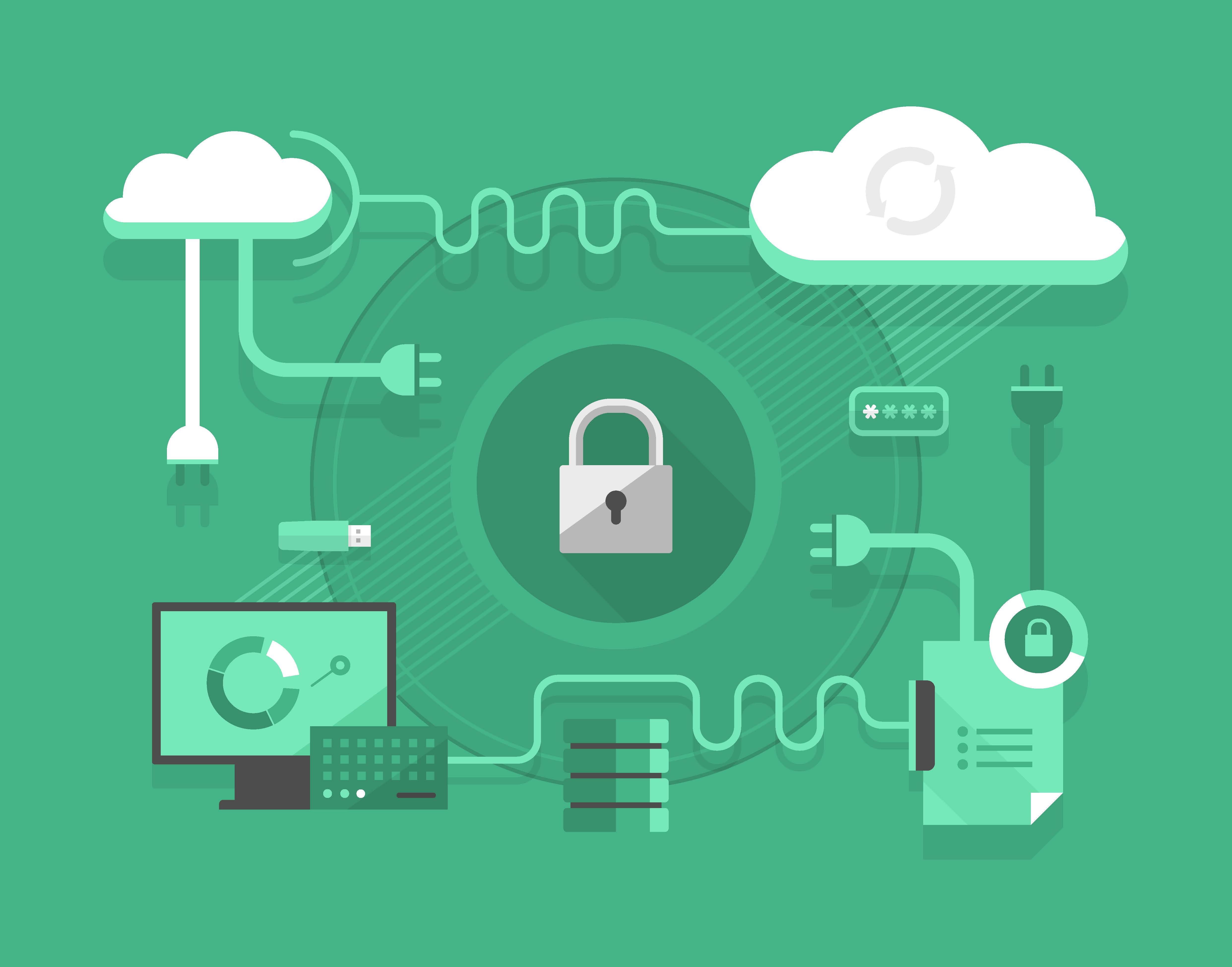Your cart is currently empty!

Five Tips, Techniques and Strategies for Cloud Migrating
 For businesses in 2017, it’s much less about the “why” and more about the “how.” Even businesses that have yet to modernize know they should — they’re simply intimidated by the process of migration.
For businesses in 2017, it’s much less about the “why” and more about the “how.” Even businesses that have yet to modernize know they should — they’re simply intimidated by the process of migration.
With that being said, let’s discuss a few tips, techniques, and strategies that should allow you to efficiently transition to the cloud at a comfortable pace.
1. Understand the Risks
It would be dishonest to tell you that there are no risks associated with cloud migration. It’s not a perfect solution and things can go wrong. But the reality of the matter is that there’s also a considerable amount of risk associated with doing nothing.
“As a result, two groups of customers have formed,” AlFa Logics, a self-hosted cloud storage, and file sharing vendor, explains to customers. “The first is content to stick with their existing file servers to avoid the risks associated with cloud migration and the potential loss of security, compliance or control, while the second is willing to embrace the convenience and productivity gains promised by business file sync and share services despite these potential risks.”
AlFa Logics also notes that there’s another option for businesses that aren’t yet ready to fully migrate and want to continue using their on-premise servers for a while. They call it the “cloudification” of file servers and it allows existing servers to be presented as cloud storage solutions to remote users. All of this takes place without the involvement of any additional clouds, making it totally secure and seamless.
It’s always smart to approach any risk-related decision with conscious forethought, but what most businesses are realizing is that the risks associated with cloud migration pale in comparison to the dangers that are associated with being idle.
2. Consider the Application
“While the promise of improved flexibility and scalability make cloud migrations seem like a can’t-miss venture, not every application is right for the cloud,” industry expert Nicholas Rando warns. “Legacy applications, mission-critical workloads and sensitive data – such as credit card information – may not be suited for the public cloud.”
In other words, make sure you’re carefully considering the application before moving to the cloud. It’s possible that your cloud migration strategy will only be a partial migration. As long as you’ve done your due diligence, this should be fine.
3. Gradual is the Word
When businesses run into trouble migrating to the cloud, it’s usually because they attempted to move too fast for their own good. This is something consultant David Linthicum knows all too well.
“Many enterprises move from 0 to 100mph when looking to migrate applications and data,” Linthicum explains. “This leads to too many moving parts and not enough time to recover from mistakes. As a result, at least some of your massive migration project will fall on its face.”
Your cloud migration strategy should be calculated and step-oriented. Migration needs to take place in stages and chunks in order to ensure each aspect of the move is correctly deployed before getting too far along in the process.
4. Adapt Your Security Plan
As previously mentioned, moving from an on-premise server to the cloud should amplify your security measures, but it doesn’t make you immune to threats. As such, you need to be conscious of the changing responsibilities and demands and think about things like security and governance when planning.
Which compliance requirements are in place? How will cloud services be managed? Who will have access to cloud files? All of this needs to be carefully planned out in your migration strategy.
5. Consider Virtualizing First
Regardless of whether you’re a small business or large organization, you’ll need to think about whether or not workloads have been virtualized as part of your migration strategy. In most situations, it’s much easier to move workloads to the cloud if your servers have been virtualized prior to the process.
“In fact, some providers will allow an organization to port virtual machines directly to the cloud,” IT pro Brien Posey says. “If on-premises servers have not been virtualized, a migration to the cloud is likely still possible, but the process may involve more work.” This is just something to think about, should virtualization be an option.
Now’s the Time to Migrate
Cloud migration is no longer a future strategy. It needs to be something you’re paying attention to right here and now. You can’t afford to work in 2017 without the cloud. At the very least, you need to have a well-developed cloud migration strategy.
There’s not a singular method for migration. Every business has to deal with a unique set of circumstances. The key is to understand your situation and identify a cloud migration strategy that allows you to transition while causing the least amount of friction and disturbance. It takes time to identify the correct approach, so get to work!
[service_box animation=”fadeInUp” title=””]
[home_circle_callout animation=”fadeInUp”]
[home_circle_callout_line highlight=”true”]
. . . Free Preview . . .
[/home_circle_callout_line]
[/home_circle_callout]
[/service_box]
by
Tags:
Leave a Reply